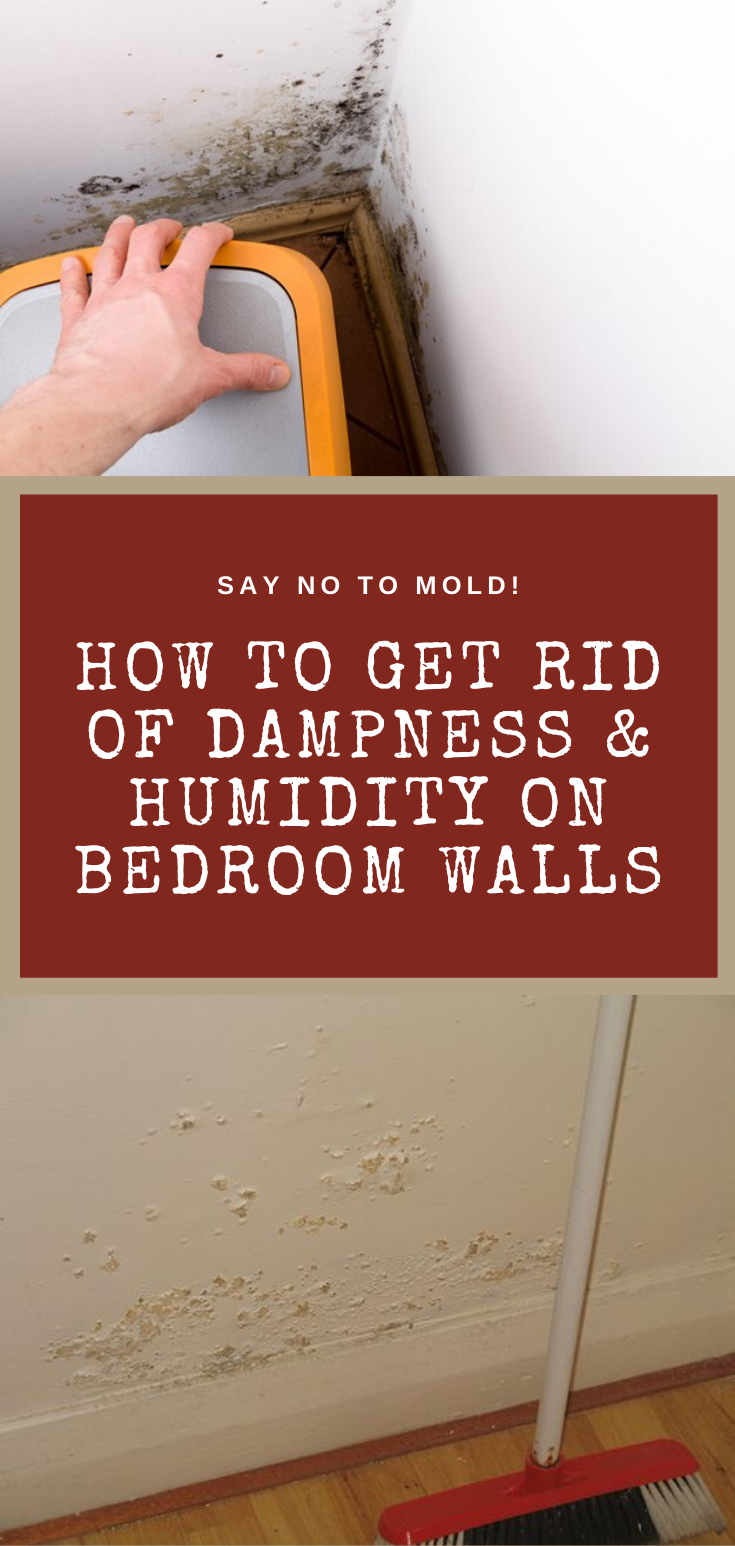Last week, I noticed a bulging on my bedroom wall accompanied by dampness. More precisely, on the wall behind the headboard near the pipes and I freaked out. I live in an apartment building and that particular wall is always cold even if it has a strong isolation. As temperatures lately dropped in thermometers, I turned on the heating – the reason why dampness and bulges appeared.
But what causes damp in bedrooms?
The most common cause of damp is condensation which forms when warm moist air touches a cold internal wall or surface. Any building with plumbing problems that allow water or moisture into the property can lead to damp problems.
Can sleeping in a damp bedroom cause health problems?
If you expose yourself for too long to high levels of indoor dampness can reduce lung function and may cause chronic health problems such as asthma. People who live in damp and moldy homes may expose themselves to a high risk of depression.
As these being said, I want to “sell you some tips” on how to reduce indoor damp and condensation in order to prevent mold appearance.

1. Ventilate Your Bedroom Properly
It’s common in the winter to keep the windows closed, and as a result, with modern draught-proofing, water has nowhere to go. Condensation can result even from your own breath.
You can to install double-paned windows with two layers of glass to improve insulation. This will help with dampness as well as reduce the loss of heat. If you are having new double glazing fitted, you might also insist on trickle vents and keep them open.
2. Get a Dehumidifier
A dehumidifier will suck in all the air in the room and squeeze out the moisture that causes damp and mold. The water collects in a small bucket in the unit which you empty. Move the dehumidifier around the house from room to room, wherever it seems needed. 24-36 hours in each room is enough.
Tip: If you dry your clothes indoors as I am, a dehumidifier will suck the water out of the wet clothes as well as the room in a matter of hours!
3. Move Furniture
- Keep away from external walls (especially uninsulated walls) – leave a gap of 10cm or more to avoid mould growing behind furniture in winter.
- Keep mattresses off cold floors – put them on a bed base to let air circulate underneath.
- Leave wardrobes slightly open for ventilation.
4. Fix Damp Patches

If you have damp patches in the lower wall area, it’s probably accompanied by black mold. This may also indicate that you may have what is known as rising damp. Rising Damp can cause wet patches on your lower wall area characterised by a ‘tide line’ of brown or yellow staining.
How to Fix Rising Damp:

As I wanted to get rid of those yellow patches as soon as possible, I decided to invest in a high-quality mold cleaner. So, I equipped myself properly in order not to inhale those toxic fumes and I followed the next steps:
1. scrub well the dampness off walls with a brush
2. spray the mold cleaner over the entire surface
3. let it act for 20 minutes then use the brush to scrub more mold and yellow stains
4. use a dehumidifier to speed up drying
5. if the mold persists, repeat the steps above.
![]()










































